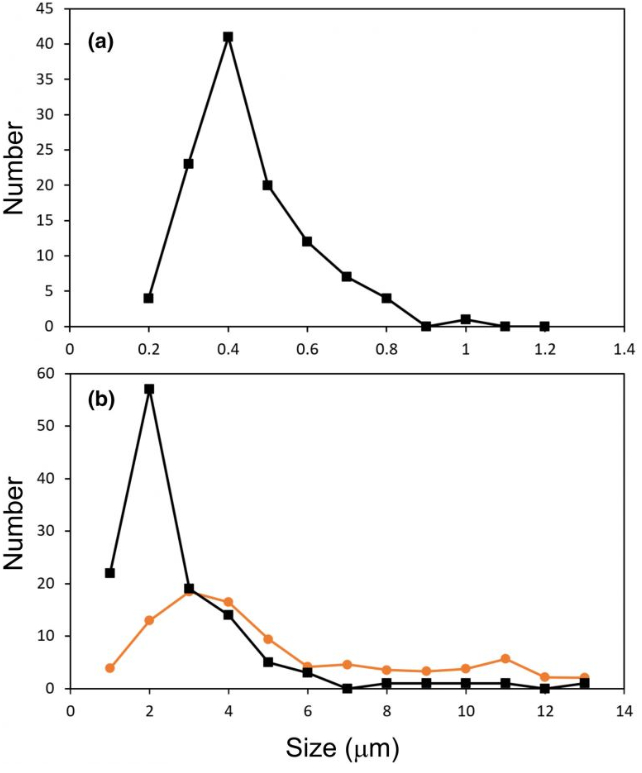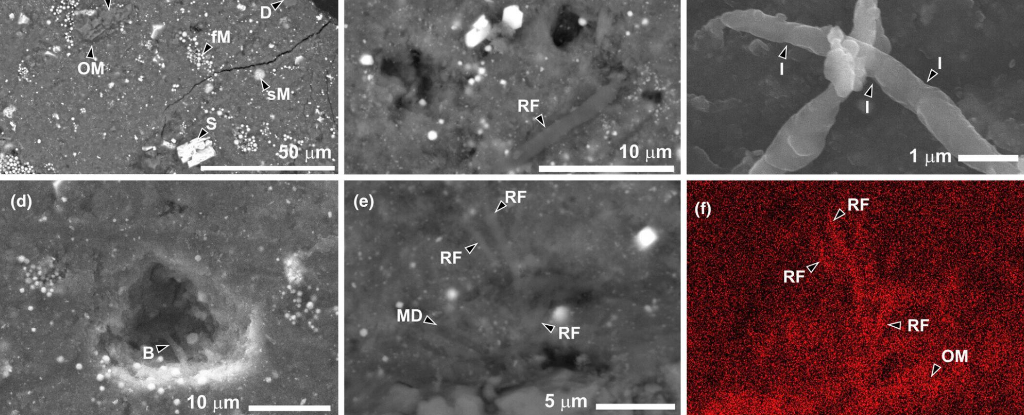Products You May Like
We’ve known for a while that complex chemistry occurs in space. Organic molecules have been detected in cold molecular clouds, and we have even found sugars and amino acids, the so-called ‘building blocks of life,’ within several asteroids.
The raw ingredients of terrestrial life are common in the Universe, and meteorites and comets may have even seeded Earth with those ingredients. This idea isn’t controversial. But there is a more radical idea that Earth was seeded not just with the building blocks of life but life itself.
It’s known as panspermia, and a recent study has brought the idea back to popular science headlines. But the study is more subtle and interesting than some headlines suggest.
Panspermia became popular in the 1800s and 1900s when it became clear that life arose surprisingly early on Earth. On a geologic scale, cellular life appears almost as soon as Earth cooled enough to support it.
Given the complexity of DNA and living cells, how could such a thing have evolved so quickly? In the panspermia model, life evolved either in space or on some distant world, and was carried to Earth within asteroids or comets. We know that some living things can survive the harsh vacuum of space, so perhaps we have some alien, extraterrestrial origin.

But there are reasons to be skeptical. For one, the transition from organic to biological chemistry may be remarkably adaptive. While life appears to have appeared suddenly on Earth, that may be precisely what you’d expect. Without an example of extraterrestrial life, we simply don’t know.
And while life can survive in space for a limited time, it’s not likely to survive for the millions of years it would take for an asteroid to traverse the Solar System, much less the billions of years it would take to travel between star systems.
Still, one step toward proving panspermia would be to gather material from an asteroid and find out it has life, and that’s exactly what this latest study found.
The Hayabusa2 mission, launched in 2014, landed on a small asteroid named Ryugu in 2018 and returned a sample of material to Earth in 2020. The sample was kept sterile the whole time, hermetically sealed for the journey back, and only opened in a pure nitrogen clean room using sterilized equipment.
The sample was as clean and uncontaminated as we could get. When the team prepared a sample and looked at it under an electron microscope, they found rods and filaments of organic matter consistent with microbial life. In other words, the team found life on an asteroid.
Except they likely didn’t.
One thing to keep in mind is that microbial life is incredibly robust. It exists everywhere and spreads rapidly. You can find the stuff in the cores of nuclear power plants, in hot thermal vents, and in the cleanest clean room. And even if you sterilize something, microbial life will find a way.
When the team found life on their sample, the first thing they did was to look for evidence of contamination, and there was plenty of evidence to be found. To begin with, the size distribution of the organic rods and filaments found in the sample is consistent with those commonly deposited by terrestrial life.
Their data also found evidence of a growth and decline period of about five days, which is also consistent with Earth life. If the Ryugu samples had truly evolved beyond Earth, they would be genetically separated from us by millions or billions of years. Their size and growth rate wouldn’t match those of our common microbes. So the best explanation is that the sample became contaminated despite our best efforts.
While the study doesn’t support the panspermia model, it does tell us two important things. The first is that our sterilization procedures are likely inadequate. We may have already spread life to the Moon and Mars inadvertently.
The second is that asteroids have organic materials that could sustain terrestrial life. That’s good news if we want to establish ourselves elsewhere in the Solar System. Earth life may not have begun in space, but it could very well end up there.
This article was originally published by Universe Today. Read the original article.
